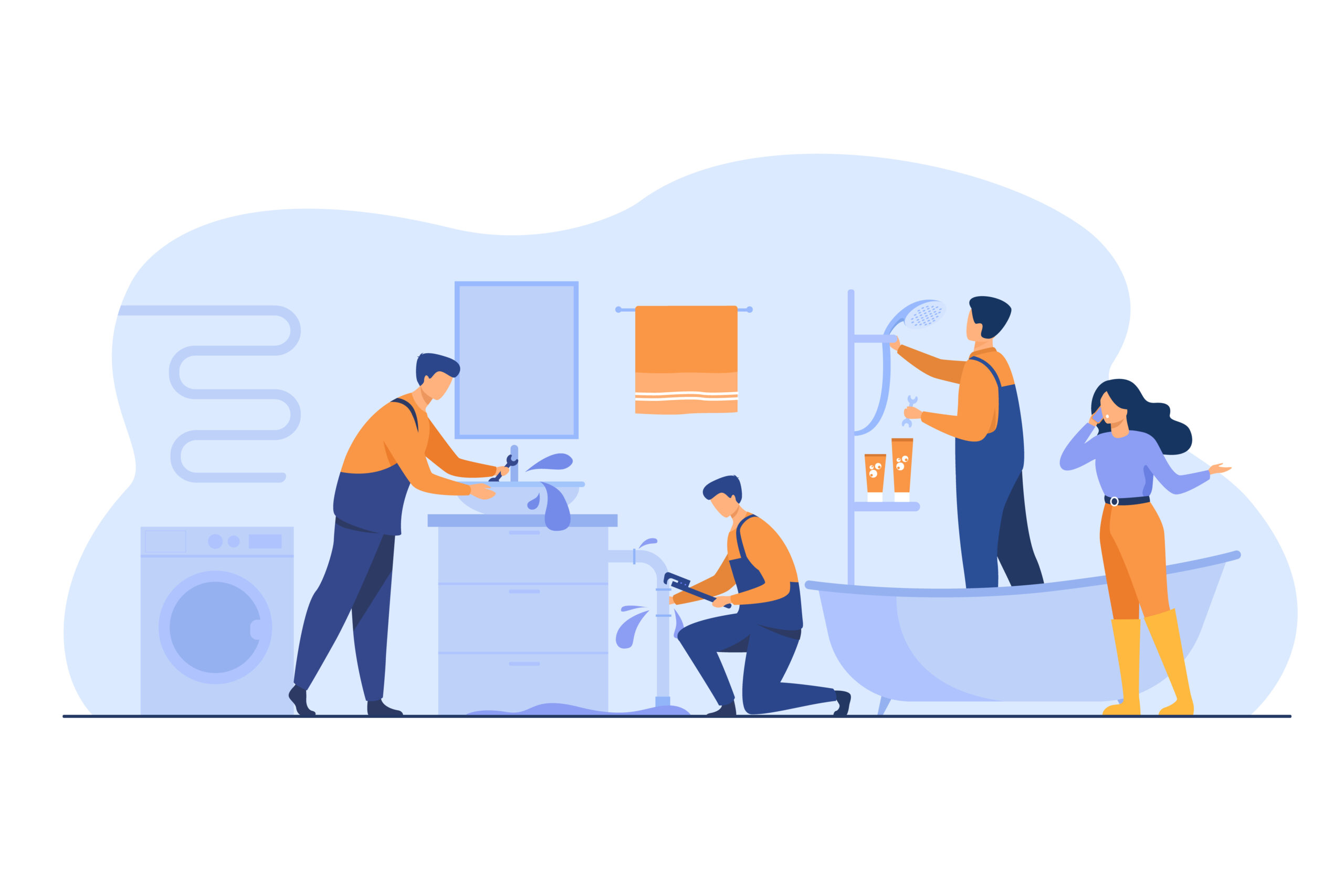PLUMBING: A STEP TOWARDS A PERFECT HOME

Plumbing is an important aspect of a perfect home. Here are some important tips that you should consider and incorporate at the design stage itself

Plumbing is one building service area that needs careful planning before starting construction as plumbing is the only service in a building which is directly connected to human health and hygiene. Improper plumbing planning can lead to various hygiene issues as well as leakages and seepages in the building which might even require re- modelling, resulting in high costs.
To avoid such situations, you must consider the 5 following points and incorporate them at the design stage only.
Ensure 24*7 water supply and adequate pressure in your water taps:
Ensure your interior designer plans for sufficient water storage or for 24/7 water supply with proper pipe sizes to have adequate water based on 135 litres per head per day.
Too little water pressure will not give you sufficient water. On the other hand, excessive water pressure can lead to wasting a lot of water and black splash. Remember to clean your aerator device or filter on the tip of the tap periodically to remove the dirt and dust accumulated there resulting in free flow.
Incorporate systems that test potable water frequently to help get clean and hygienic water:Please ensure that you are getting your drinkable water tested frequently. About 3.77 crore Indians are annually affected by waterborne diseases, 15 Lakh children die of diarrhoea, and 7.3 crore working days are lost, leading to a huge economic burden on the nation’s economy.
Plan accident-free and odour-free bathrooms:
The bathroom is one area where maximum accidents occur due to slipping. A wet floor can sometimes cause a fatal injury, especially with slippery material like granite. Installing grip handles near the toilet seat and in the bathing area is an absolute must. These are particularly handy for the elderly and senior citizens.
All sewage systems must be planned in such a manner that there is no foul smell and your waste goes away in a hygienic manner. Unfortunately, this is often neglected to save some money while designing your bathrooms and toilets
Water-energy nexus:
All sanitaryware and water fixture units should be water efficient as there is a water and energy nexus. Water-saving plumbing fixtures and sanitaryware are not only a better choice for conserving water but also energy and thereby saving money. Using low-flow fixtures and fittings that dispense less water at the source is recommended to save water and energy by way of transportation of water, pumping and treatment.
Plan a rainwater harvesting arrangement on your premises, if possible:
Rainwater harvesting enables us to collect and store rainwater for future use. If possible, ensure that your premises have a rainwater harvesting system installed in them. The collected rainwater can be either used to recharge your underground aquifers or can be used for alternate uses like gardening, flushing or cooling towers etc. The best place to install your rainwater harvesting system is next to the roof drain pipe or the down-spout. This is the place where most of the rainwater is diverted